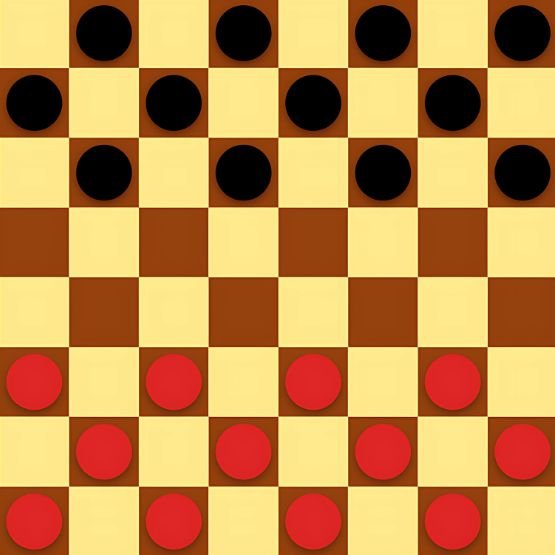What is Tails or Heads?
Define the phrase as the two sides of a coin used for decision-making, games, or probability.
Mention its cultural significance (e.g., ancient Roman “navia aut caput,” sports tosses, etc.).
Add a visual of a coin with labeled “heads” (portrait) and “tails” (symbol/number).
History of Coin Tosses
How to Use Tails or Heads for Decisions
Step-by-step guide:
- Assign options to heads/tails.
- Flip the coin (or use a virtual tool).
- Accept the result.
Examples:
“Choosing between pizza or burgers for dinner? Let Tails or Heads decide!”
“Settling debates with friends? Use a fair coin toss!”
The Science of Probability
Explain the 50% probability myth and real-world factors (coin weight, flipping technique). Cite studies (e.g., Stanford research on biased coin tosses).
Add a calculator widget: “Calculate the odds of getting tails or heads X times in a row.”
Fun Games & Challenges
List creative games:
Best of 5 Tosses (for group decisions).
Heads vs. Tails Tournament (bracket-style elimination).
Prediction Challenges (e.g., guess 10 flips in a row).
History & Cultural Significance
Ancient origins (Roman coins, medieval Europe).
Modern uses:
Sports (NFL kickoff decisions).
Elections (tie-breaking).
Pop culture (movies like No Country for Old Men).h friends? Use a fair coin toss!”
The Science of Probability
Explain the 50% probability myth and real-world factors (coin weight, flipping technique). Cite studies (e.g., Stanford research on biased coin tosses).
Add a calculator widget: “Calculate the odds of getting tails or heads X times in a row.”
Q: Is tails or heads more likely?
A: *Scientifically, it’s nearly 50/50, but slight biases exist.*
Q: Can I use a virtual coin toss?
A: Yes! Try our simulator for instant results.
Q: Why is it called “tails”?
A: Derived from the reverse side of coins, often featuring animal tails (e.g., early U.S. coins).







